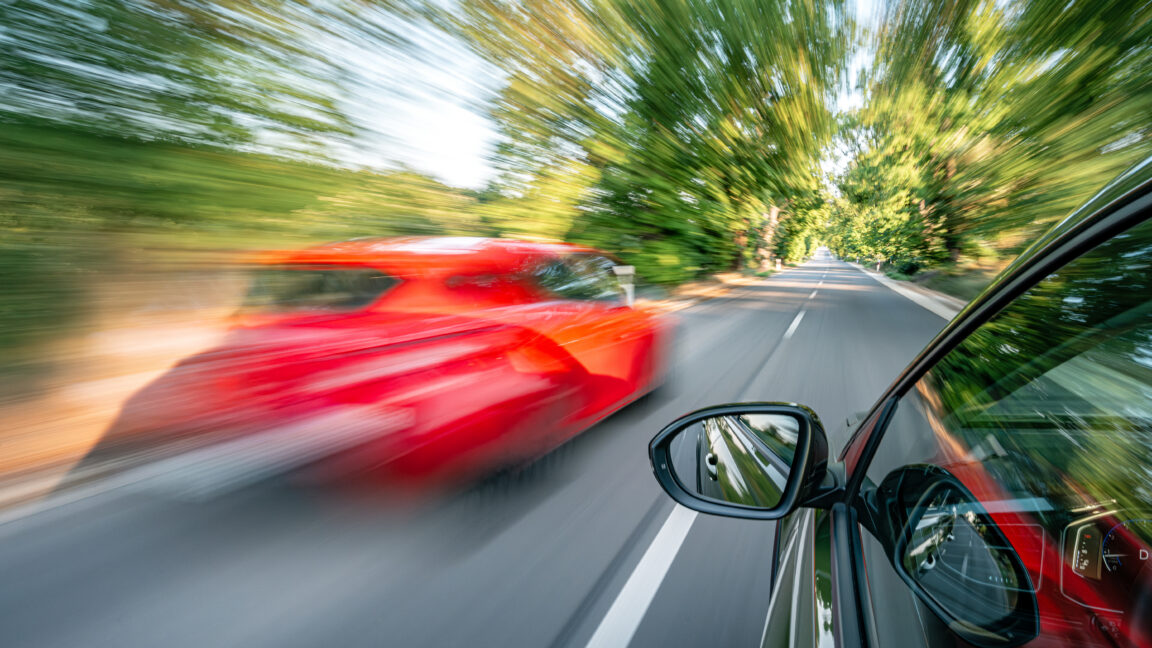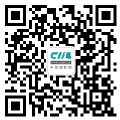
Credit: Getty Images
Earlier this month, Tesla rolled out a new firmware update that added a pair of new driving modes for the controversial full self-driving (FSD) feature. One, called “Sloth,” relaxes acceleration and stays in its lane. The other, called “Mad Max,” does the opposite: It speeds and swerves through traffic to get you to your destination faster. And after multiple reports of FSD Teslas doing just that, the National Highway Traffic Safety Administration wants to know more.
In fact, “Mad Max” mode is not entirely new—Tesla beta-tested the same feature in Autopilot in 2018, before deciding not to roll it out in a production release after widespread outcry.
These days, the company is evidently feeling less constrained; despite having just lost a federal wrongful death lawsuit that will cost it hundreds of millions of dollars, it described the new mode as being able to drive “through traffic at an incredible pace, all while still being super smooth. It drives your car like a sports car. If you are running late, this is the mode for you.”
Earlier this month, we learned that the NHTSA had opened a new preliminary investigation into Tesla following dozens of complaints of its EVs running stop signs or crossing into oncoming traffic while operating under FSD. Now, according to Reuters, NHTSA is seeking more information from the automaker about “Mad Max” mode.
“NHTSA is in contact with the manufacturer to gather additional information,” it told Reuters, adding that “[t]he human behind the wheel is fully responsible for driving the vehicle and complying with all traffic safety laws.”
“Tesla is deliberately programming cars to exceed speed limits and drive aggressively, putting everyone on our roads at risk. This ‘Mad Max’ rollout is the latest iteration of Tesla’s preference for aesthetics and sales over safety, and I urge regulators to take action to prevent this technology from being unleashed,” said Brett Schreiber, founding partner at the firm that won the aforementioned wrongful death lawsuit.

-
 C114 Communication Network
C114 Communication Network -
 Communication Home
Communication Home


